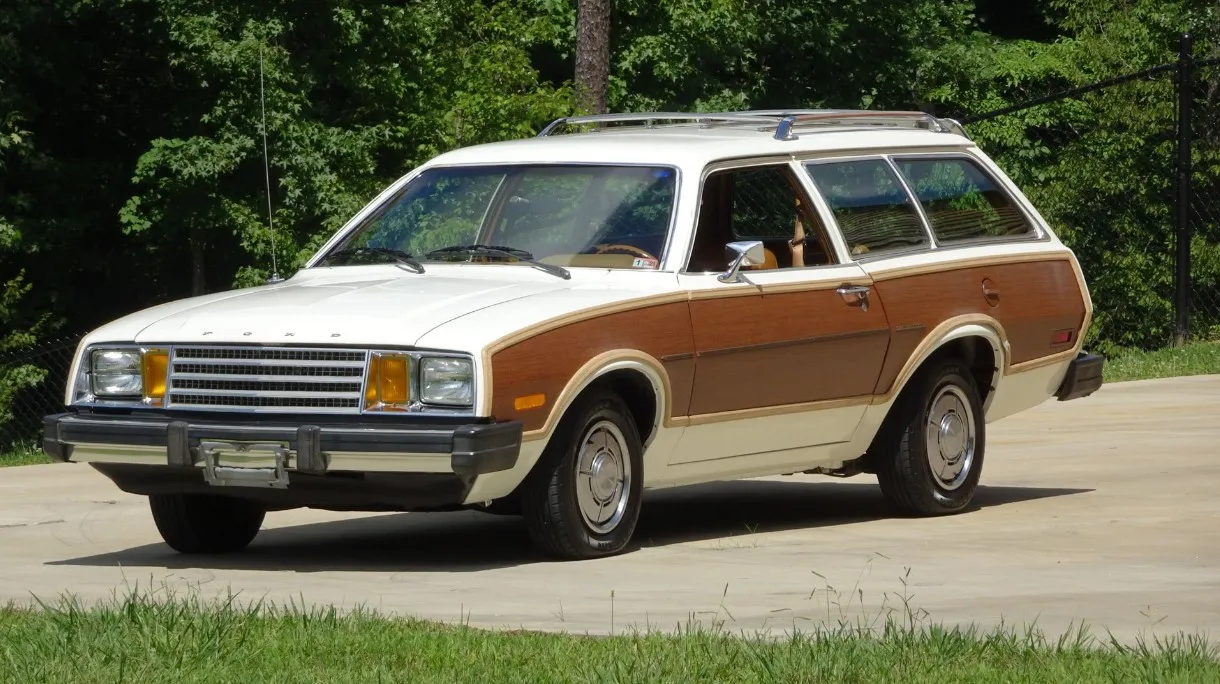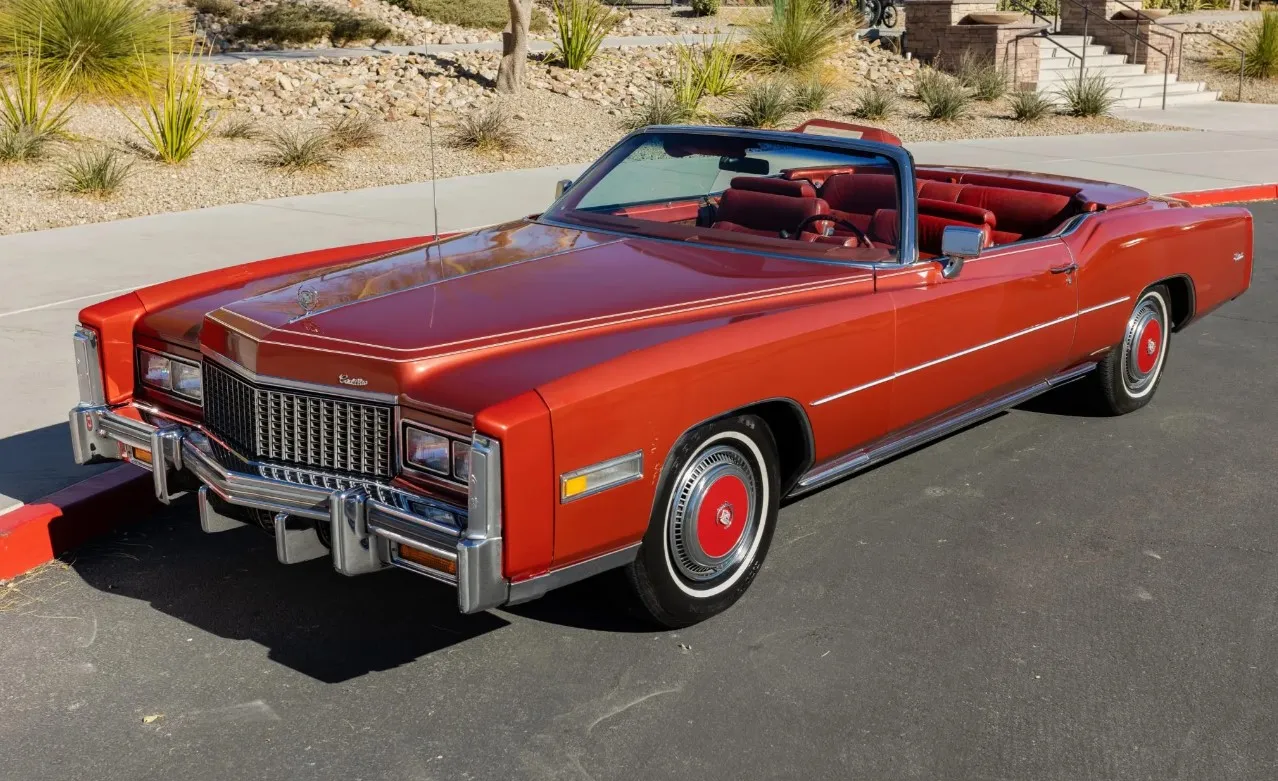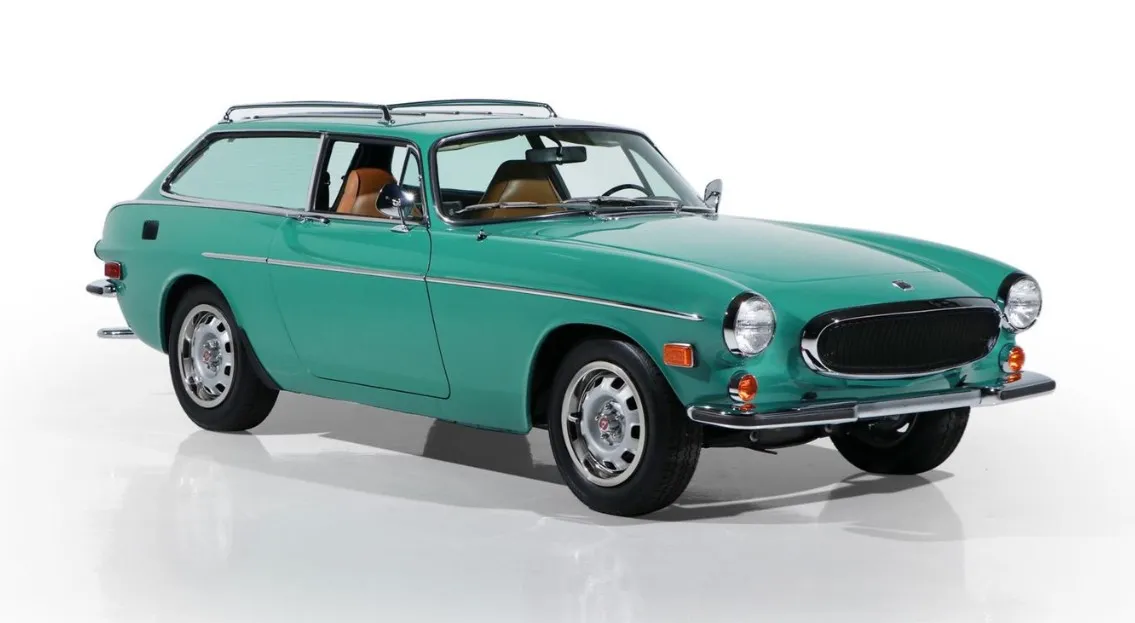In the world of classic cars, certain names evoke a sense of awe, and Duesenberg is one of them. Renowned for its engineering brilliance and unmatched luxury, Duesenberg remains a symbol of automotive excellence. Among the rarest and most coveted models from this legendary marque is the 1927 Duesenberg Model X Dual-Cowl Phaeton, a car that holds a unique place in history. Its elegance, performance, and scarcity make it a prized possession for collectors and a fascinating subject for classic car enthusiasts.
The Genesis of the Duesenberg Model X

The story of the Duesenberg Model X begins with the company's founders, Fred and August Duesenberg, two brothers with a passion for engineering and a vision for creating the finest automobiles in America. The Duesenberg name became synonymous with luxury, speed, and innovation, and their cars were often seen as status symbols for the rich and famous.
Before the iconic Model J, which would later become the epitome of luxury in the automotive world, Duesenberg introduced the Model X in 1926. The Model X was a limited-production run, with only 13 units ever made, making it one of the rarest Duesenberg models.

The car was intended as a bridge between the earlier Model A and the forthcoming Model J, incorporating advancements in engineering and design that set the stage for what was to come.
The Model X was an evolution of the Model A, featuring a more powerful engine and improved chassis. It was designed to be a high-performance luxury car, capable of competing with the best that Europe had to offer. However, its limited production run and the subsequent focus on the Model J meant that the Model X became a rare and often overlooked gem in the Duesenberg lineup.
A Design of Timeless Elegance

The 1927 Duesenberg Model X Dual-Cowl Phaeton is a masterpiece of automotive design. The term "dual-cowl" refers to the two separate windshields—one for the front passengers and one for the rear—giving the car an air of exclusivity and luxury.
This design was not only aesthetically pleasing but also functional, providing additional protection and comfort for the rear passengers.
The car’s long, sweeping lines and elegant proportions are a testament to the design philosophy of the era. The bodywork, typically crafted by some of the most renowned coachbuilders of the time, including Murphy, LeBaron, and Derham, was tailored to the exacting standards of Duesenberg's elite clientele.
The use of high-quality materials, combined with the meticulous attention to detail, resulted in a car that was as much a work of art as it was a mode of transportation.

One of the most striking features of the Model X Dual-Cowl Phaeton is its chrome accents, which highlight the car’s graceful curves and add to its luxurious appearance.
The prominent Duesenberg grille, adorned with the iconic "D" emblem, is a symbol of the brand’s commitment to excellence. The large, spoked wheels, often finished in a contrasting color, further enhance the car’s visual appeal, giving it a commanding presence on the road.
The interior of the Model X Dual-Cowl Phaeton is equally impressive, with sumptuous leather seats, finely crafted wood trim, and an array of gauges and controls that reflect the car’s advanced engineering. Every element of the interior was designed with the comfort and convenience of the passengers in mind, making it a true luxury vehicle.

Engineering Excellence: Power and Precision

Under the hood, the 1927 Duesenberg Model X Dual-Cowl Phaeton is powered by a 260-cubic-inch straight-eight engine, capable of producing 100 horsepower—a remarkable figure for the time.
This engine was a significant improvement over the Model A, which had a 244-cubic-inch engine with 88 horsepower. The increased power of the Model X allowed it to achieve impressive speeds, making it one of the fastest cars of its era.

The engine was mated to a three-speed manual transmission, which provided smooth and precise gear changes. The car’s advanced suspension system, featuring semi-elliptical leaf springs and hydraulic shock absorbers, ensured a comfortable ride, even on the rough roads of the 1920s.
The Model X also featured four-wheel hydraulic brakes, a significant advancement in automotive safety that was not yet common in many other cars of the time.
The combination of power, handling, and braking performance made the Model X Dual-Cowl Phaeton a true driver’s car, capable of delivering an exhilarating driving experience. Whether cruising along scenic country roads or navigating the bustling streets of a city, the Model X offered a level of performance and refinement that was unmatched by most of its contemporaries.
The Rarity and Legacy of the Model X

The rarity of the 1927 Duesenberg Model X Dual-Cowl Phaeton cannot be overstated. With only 13 units ever produced, and even fewer surviving today, this car is a true collector’s item. Each surviving Model X represents a piece of automotive history, a tangible link to a bygone era of luxury and craftsmanship.
The Model X was produced during a transitional period for Duesenberg, as the company was preparing to launch the more famous Model J. As a result, the Model X was overshadowed by its successor, and many car enthusiasts are unaware of its significance.

However, for those in the know, the Model X is a rare and valuable find, representing a unique chapter in the Duesenberg story.
In recent years, the few surviving examples of the Model X Dual-Cowl Phaeton have become highly sought after by collectors and classic car enthusiasts.
The car’s rarity, combined with its historical significance and timeless design, has led to it being regarded as one of the most desirable pre-war automobiles. When a Model X does come up for sale, it often commands a premium price, reflecting its status as a true classic.
The 1927 Duesenberg Model X Dual-Cowl Phaeton Today

Today, the 1927 Duesenberg Model X Dual-Cowl Phaeton remains a symbol of automotive excellence and a testament to the engineering prowess of the Duesenberg brothers.
For classic car enthusiasts, owning a Model X is the ultimate expression of their passion for vintage automobiles. The car’s combination of rarity, performance, and elegance makes it a standout in any collection.
Restoring and maintaining a Model X requires a deep understanding of early 20th-century automotive technology, as well as a commitment to preserving the car’s original features.

Fortunately, there are specialists and restorers who are dedicated to keeping these historic vehicles in top condition, ensuring that future generations can appreciate the beauty and craftsmanship of the Model X.
For those who are fortunate enough to experience driving a Model X, the car offers a glimpse into a different era, when luxury and performance were reserved for the fortunate few. The thrill of sitting behind the wheel of such a rare and iconic car is an experience that few other vehicles can match.
A Classic Car for the Ages

The 1927 Duesenberg Model X Dual-Cowl Phaeton is more than just a classic car; it’s a piece of American history. It represents a time when automobiles were not just a means of transportation, but a symbol of status, success, and the relentless pursuit of perfection.
The Duesenberg name continues to evoke admiration and respect among car enthusiasts, and the Model X remains one of the most prized examples of the brand’s legacy.

Whether you’re a seasoned collector or a newcomer to the world of classic cars, the 1927 Duesenberg Model X Dual-Cowl Phaeton is a vehicle that demands attention and admiration. Its timeless design, engineering excellence, and rarity make it a true icon in the world of vintage automobiles.
As long as there are those who appreciate the art of automotive design and the thrill of driving a finely crafted machine, the Duesenberg Model X will continue to be celebrated as one of the greatest cars ever built.



